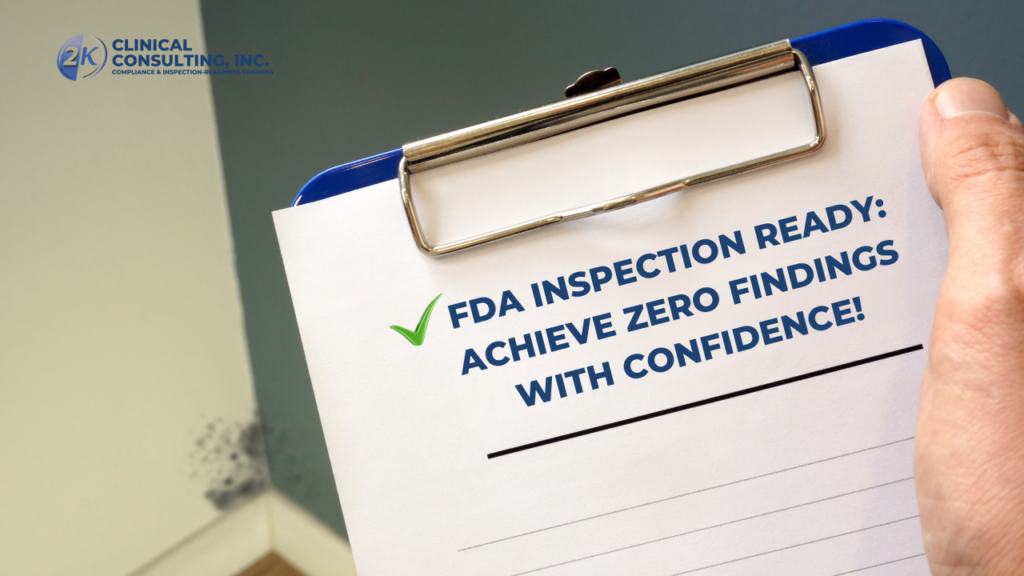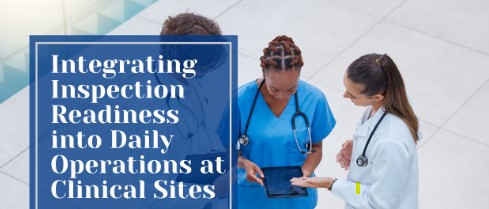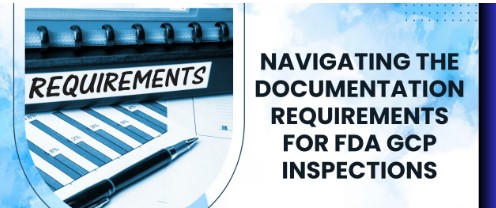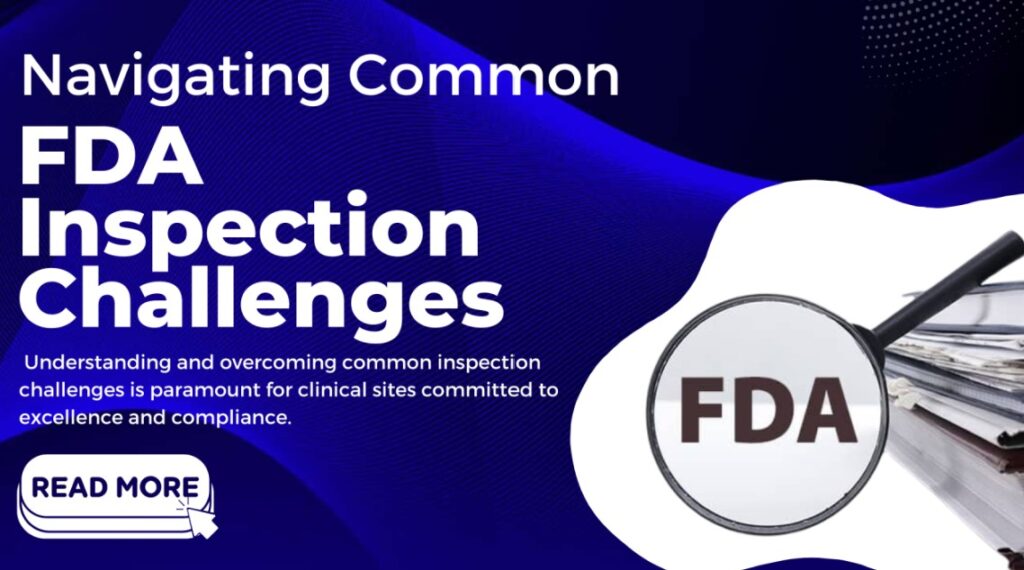In today’s fast-paced regulatory landscape, being inspection-ready isn’t optional—it’s essential. A strong Root Cause Analysis (RCA) process can mean the difference between repeat deviations and long-term excellence. RCA is more than just a quality requirement—it’s the foundation of an effective Corrective and Preventive Action (CAPA) system. Here are five (5) steps to establishing a solid RCA process:
Step 1: Define the Problem Accurately
Every strong CAPA begins with a clear, documented problem statement. Avoid vague terms like “operator error.” Instead, outline:
-
What occurred
-
Where and when it happened
-
How it was detected
Need help framing your investigation? Check out Understanding the CAPA Process to align with industry expectations.
Step 2: Collect Supporting Data
Gather all relevant evidence: audit logs, deviation reports, interviews, and batch records. Thorough documentation not only strengthens your RCA—it shows FDA inspectors you take quality seriously.
Step 3: Identify and Verify the Root Cause
Use tools like:
-
5 Whys
-
Fishbone (Ishikawa) diagrams
Be honest: are you solving the real problem, or just the visible one? Learn how to go deeper with Getting to the Core of the CAPA System – The Root Cause Analysis.
Step 4: Build a Robust CAPA Plan
Once root cause is verified:
-
Correct the immediate issue (e.g., isolate affected materials, issue a stop order).
-
Corrective Action: Revise SOPs, retrain staff, and automate error-prone steps.
-
Preventive Action: Introduce monitoring dashboards, conduct follow-ups at 3- and 6-month intervals.
Make sure your plan is SMART: Specific, Measurable, Achievable, Relevant, and Time-bound.
Step 5: Monitor and Sustain Results
Your CAPA is only as good as its outcome tracking. Monitor metrics such as:
-
Repeat deviation rate
-
CAPA closure time
-
Training effectiveness scores
Regular reviews don’t just keep your system clean—they give you confidence during unannounced audits.
Pro Tip: Conduct a CAPA Dry Run
Treat one of your internal issues like a mock FDA audit. Document each step from problem definition through CAPA closure. Then evaluate: Would this satisfy an inspector? This exercise trains your team and uncovers process blind spots—before an actual audit exposes them.
Build Your Inspection-Ready Toolkit
Root Cause Analysis isn’t just about solving a problem—it’s about building a culture of prevention.
✅Ready for a little challenge? Here’s your next step:
Take 30 minutes this week to walk through your last deviation or audit finding using the full RCA-to-CAPA lifecycle.
Then ask yourself:
-
Did we stop at the symptom—or get to the true root?
-
Have our corrective actions actually prevented recurrence?
-
Would this stand up to an FDA inspection or internal audit today?
💬 We want to hear from you!
Reply to this article with your biggest challenge when applying RCA or sustaining preventive actions. Your insights could help shape our next guide or training tool—and help others improve, too.
And if you haven’t yet, explore these next:
Together, we’re building smarter systems, stronger teams, and inspection-ready organizations—one finding at a time.









